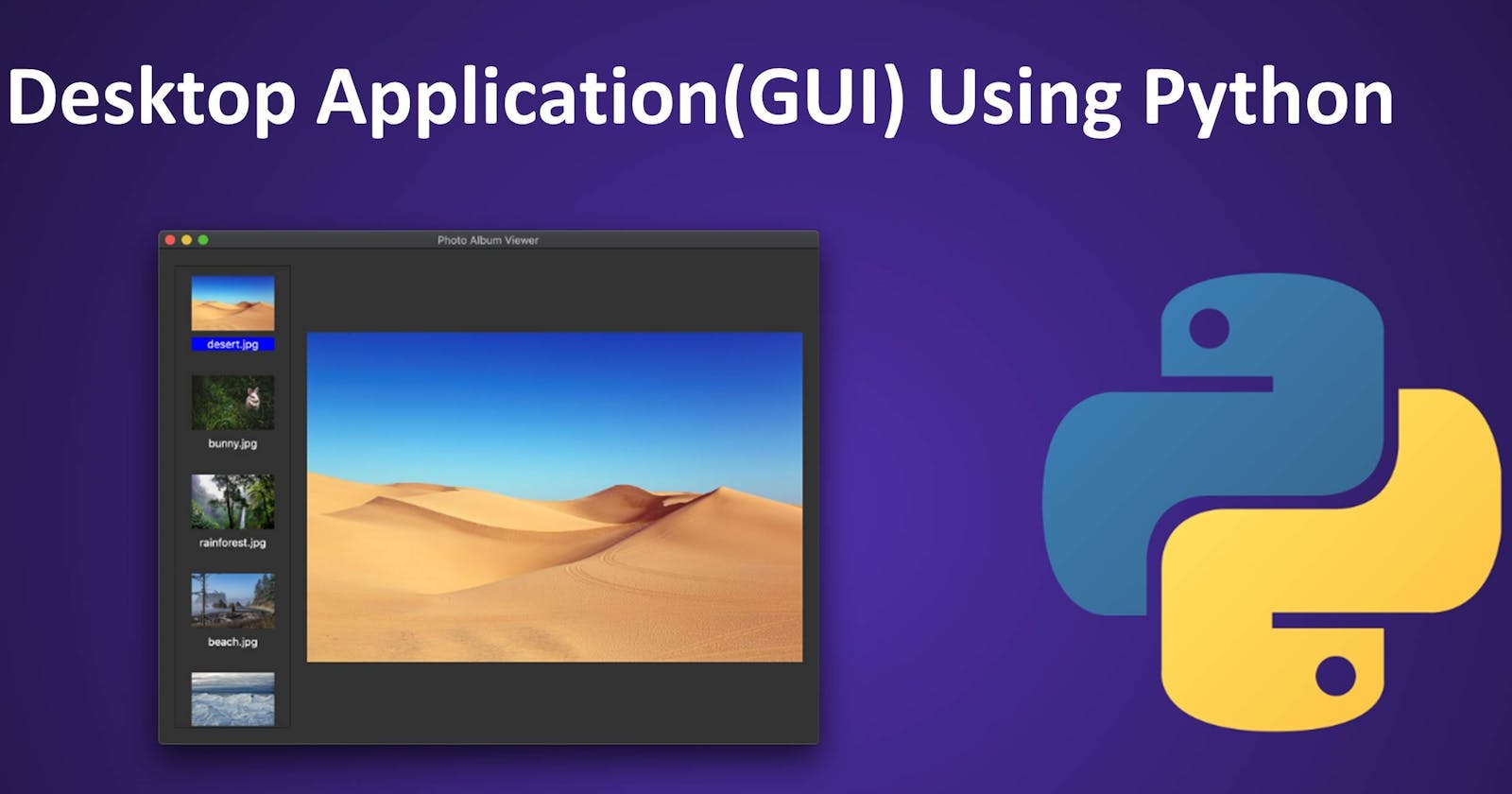Introduction
The tkinter package (“Tk interface”) is the standard Python interface to the Tcl/Tk GUI toolkit. Both Tk and tkinter are available on most Unix platforms, including macOS, as well as on Windows systems.
Running python -m tkinter from the command line should open a window demonstrating a simple Tk interface, letting you know that tkinter is properly installed on your system, and also showing what version of Tcl/Tk is installed, so you can read the Tcl/Tk documentation specific to that version.
SQLite is a C library that provides a lightweight disk-based database that doesn’t require a separate server process and allows accessing the database using a nonstandard variant of the SQL query language. Some applications can use SQLite for internal data storage. It’s also possible to prototype an application using SQLite and then port the code to a larger database such as PostgreSQL or Oracle.
This is a GUI application made using tkinter(a python library). The program stores the following book information in a database:
- Title
- Author
- Year
- ISBN
The user can:
- View all records in the database.
- Search an entry in the database.
- Add an entry into the database.
- Update entry in the database.
- Delete an entry in the database.
- Close the application.
Code for the Frontend
The frontend is the section of the application that the user can interact with.
from tkinter import *
from backend import Database
database=Database("books.db")
class Window(object):
def __init__(self,window):
self.window = window
self.window.wm_title("BookStore")
#Labels
l1=Label(window,text="Title")
l1.grid(row=0,column=0)
l2=Label(window,text="Author")
l2.grid(row=0,column=2)
l3=Label(window,text="Year")
l3.grid(row=1,column=0)
l4=Label(window,text="ISBN")
l4.grid(row=1,column=2)
#Entry Boxes
self.title_text=StringVar()
self.e1=Entry(window,textvariable=self.title_text)
self.e1.grid(row=0,column=1)
self.author_text=StringVar()
self.e2=Entry(window,textvariable=self.author_text)
self.e2.grid(row=0,column=3)
self.year_text=StringVar()
self.e3=Entry(window,textvariable=self.year_text)
self.e3.grid(row=1,column=1)
self.isbn_text=StringVar()
self.e4=Entry(window,textvariable=self.isbn_text)
self.e4.grid(row=1,column=3)
#Listbox
self.list1=Listbox(window, height=6,width=35)
self.list1.grid(row=2,column=0,rowspan=6,columnspan=2)
#Scrollbar
sb1=Scrollbar(window)
sb1.grid(row=2,column=2,rowspan=6)
self.list1.configure(yscrollcommand=sb1.set)
sb1.configure(command=self.list1.yview)
self.list1.bind('<<ListboxSelect>>',self.get_selected_row)
#Buttons
b1=Button(window,text="View all", width=12,command=self.view_command)
b1.grid(row=2,column=3)
b2=Button(window,text="Search entry", width=12,command=self.search_command)
b2.grid(row=3,column=3)
b3=Button(window,text="Add entry", width=12,command=self.add_command)
b3.grid(row=4,column=3)
b4=Button(window,text="Update selected", width=12,command=self.update_command)
b4.grid(row=5,column=3)
b5=Button(window,text="Delete selected", width=12,command=self.delete_command)
b5.grid(row=6,column=3)
b6=Button(window,text="Close", width=12,command=window.destroy)
b6.grid(row=7,column=3)
def get_selected_row(self,event):
index=self.list1.curselection()[0]
self.selected_tuple=self.list1.get(index)
self.e1.delete(0,END)
self.e1.insert(END,self.selected_tuple[1])
self.e2.delete(0,END)
self.e2.insert(END,self.selected_tuple[2])
self.e3.delete(0,END)
self.e3.insert(END,self.selected_tuple[3])
self.e4.delete(0,END)
self.e4.insert(END,self.selected_tuple[4])
def view_command(self):
self.list1.delete(0,END)
for row in database.view():
self.list1.insert(END,row)
def search_command(self):
self.list1.delete(0,END)
for row in database.search(self.title_text.get(),self.author_text.get(),self.year_text.get(),self.isbn_text.get()):
self.list1.insert(END,row)
def add_command(self):
database.insert(self.title_text.get(),self.author_text.get(),self.year_text.get(),self.isbn_text.get())
self.list1.delete(0,END)
self.list1.insert(END,(self.title_text.get(),self.author_text.get(),self.year_text.get(),self.isbn_text.get()))
def delete_command(self):
database.delete(self.selected_tuple[0])
def update_command(self):
database.update(self.selected_tuple[0],self.title_text.get(),self.author_text.get(),self.year_text.get(),self.isbn_text.get())
window=Tk()
Window(window)
window.mainloop()
Code for the Backend
The backend is the section of the application that connects to the sql database and is used to modify the database.
import sqlite3
class Database:
Connecting to the database
def __init__(self, db):
self.conn=sqlite3.connect(db)
self.cur=self.conn.cursor()
self.cur.execute("CREATE TABLE IF NOT EXISTS book (id INTEGER PRIMARY KEY, title text, author text, year integer, isbn integer)")
self.conn.commit()
Insert function
def insert(self,title,author,year,isbn):
self.cur.execute("INSERT INTO book VALUES (NULL,?,?,?,?)",(title,author,year,isbn))
self.conn.commit()
# View function
def view(self):
self.cur.execute("SELECT * FROM book")
rows=self.cur.fetchall()
return rows
# Search function
def search(self,title="",author="",year="",isbn=""):
self.cur.execute("SELECT * FROM book WHERE title=? OR author=? OR year=? OR isbn=?", (title,author,year,isbn))
rows=self.cur.fetchall()
return rows
# Delete function
def delete(self,id):
self.cur.execute("DELETE FROM book WHERE id=?",(id,))
self.conn.commit()
# Update function
def update(self,id,title,author,year,isbn):
self.cur.execute("UPDATE book SET title=?, author=?, year=?, isbn=? WHERE id=?",(title,author,year,isbn,id))
self.conn.commit()
# Delete all function
def __del__(self):
self.conn.close()
Preview Image


